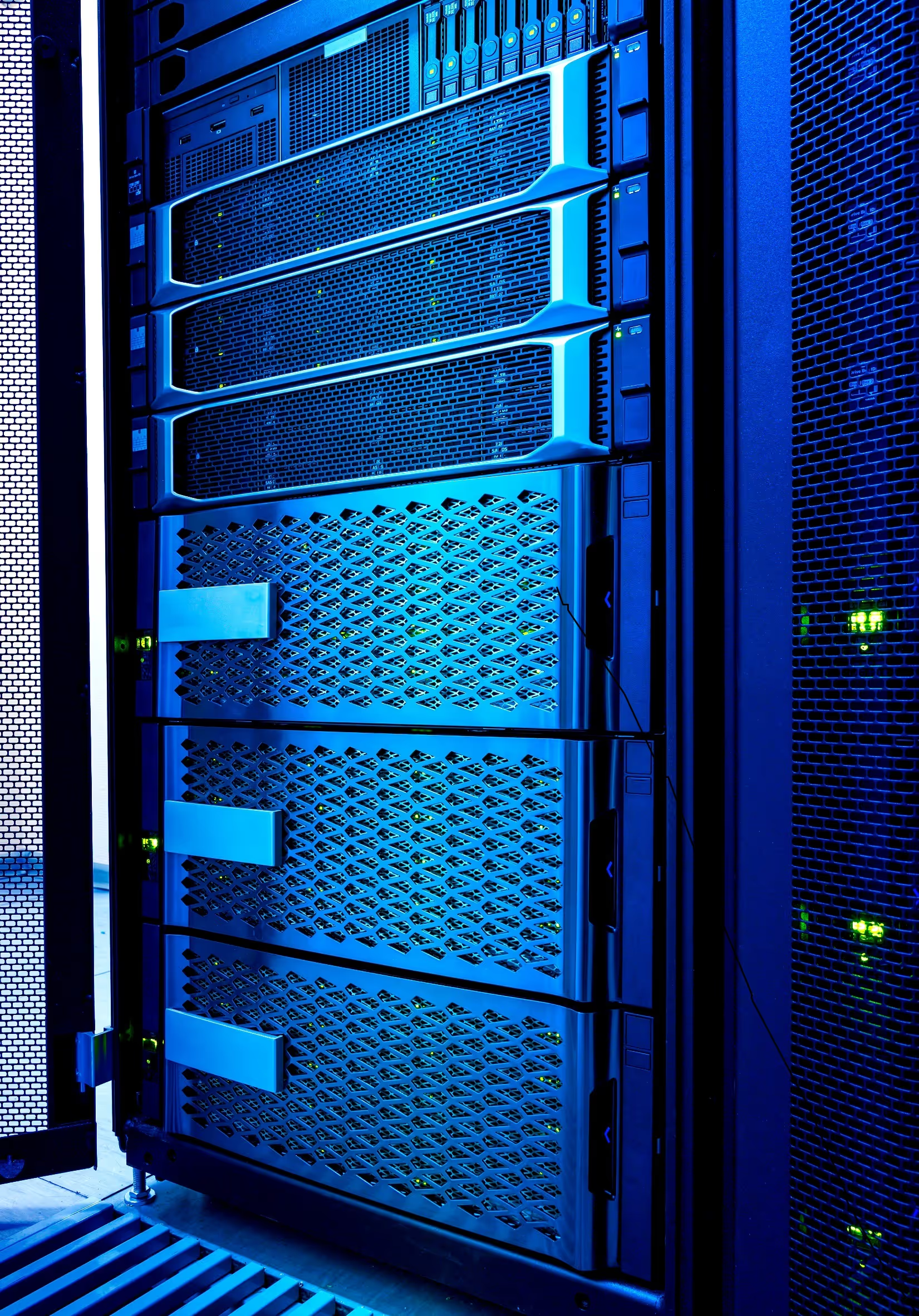
May 12, 2025
If you've spent time around IT infrastructure or data center conversations, you've probably come across the term N+1 redundancy. It’s a foundational concept used to ensure systems keep running when something fails.
Let’s break it down.
The N represents the number of components needed for a system to operate under normal conditions. The +1 means there’s one additional, independent component that acts as a backup.
So, if a system needs three cooling units to function, an N+1 setup would include a fourth unit. That way, if any one unit fails, the system continues operating as expected.
This is a common approach to building resilient infrastructure.
Think about a household that needs three cars to get everyone where they need to go. They own three cars (N=3), but they also keep a fourth one available. If one car breaks down, the fourth takes its place. That’s N+1 redundancy.
In data centers, N+1 is used in many systems where uptime is critical. Common examples include:
This type of configuration is reliable and cost-effective. It helps organizations avoid downtime without the added expense of duplicating every component.
Different redundancy models offer varying levels of fault tolerance and cost. Here's how N+1 fits into the landscape:
These approaches help determine how prepared a system is to maintain uptime during maintenance or unexpected issues.
The Uptime Institute's tier system classifies data centers based on levels of redundancy and maintainability:
Many enterprise data centers aim for Tier III, which balances uptime with operational cost. Tier IV is often used in industries where availability is absolutely critical, such as healthcare or finance.
N+1 redundancy is a straightforward yet powerful approach for reducing risk. It adds one extra component to support critical systems, helping organizations prevent downtime from a single point of failure. For most operations that need high availability without the overhead of full duplication, N+1 is a practical and dependable choice.
